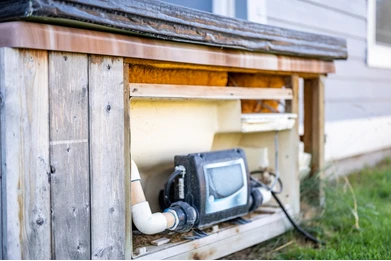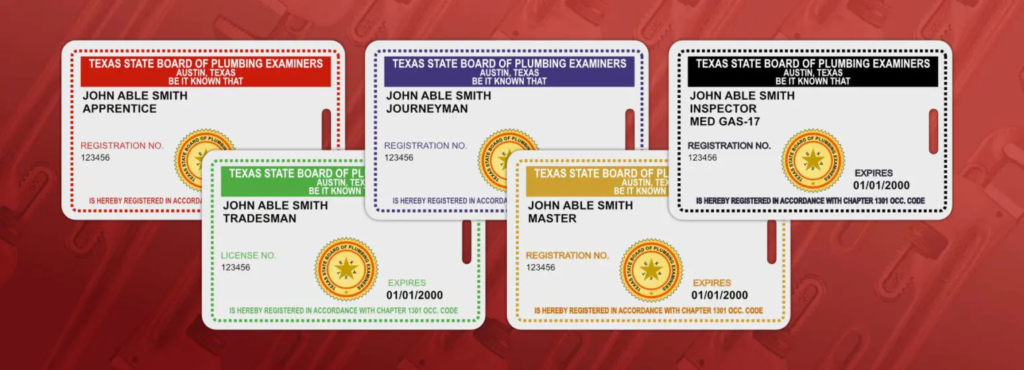WHAT IS A HOT WATER RECIRCULATION PUMP?
The Problem Of Instant Hot Water Every faucet dispenses from the faucet to the central water heater, which is typically situated in a specific area of the home. In the North Dallas region, these water heaters are commonly found in garages and attics. However, in older homes, such as those found in neighborhoods like Carrollton, Richardson, and southeast Plano, water heaters are often located in interior closets, usually off the main hallway. The time it takes for hot water to reach your faucet from the tank depends on the size of the hot water pipe. Hot water sitting in the pipes cools down when not in use and is the initial water to flow out when a faucet is opened. After a period of inactivity, it may take several minutes for the hot water to reach the faucet, resulting in a significant amount of water being wasted down the drain. This delay can be frustrating and costly, with multiple gallons of water potentially going to waste each. Like traditional tankless water heaters, these systems don’t deliver hot water to faucets immediately. A common myth is debunked: while tankless heaters can rapidly heat water as it flows through, they can’t defy physics and transport that hot water instantly to distant faucets throughout the house. The issue boils down to this: without a separate water heater installed at each point of use, it’s impossible to achieve immediate access to hot water. Pumps play a crucial role in this process instead of allowing hot water to stagnate in the pipes and lose heat, it continuously circulates through a system of interconnected hot water pipes, ensuring that it remains consistently hot thanks to the water heater. The fundamental principle of a hot water recirculation pump is to maintain a continuous flow of water throughout the system, eliminating the need for lengthy waits and wasted water. By creating a constant circulation of hot water, this innovative technology ensures that warm water is readily available at every faucet, reducing waste and providing instant convenience. Dedicated Return Line Recirculation Pumps Hot water recirculation pumps come in two main types: dedicated return line pumps and retrofit crossover-style pumps. Specialized pumps are typically installed on a dedicated hot water return line that serves the most distant fixture in the home. This setup is usually integrated into the plumbing system during the initial construction of the house. In larger homes, these pumps are often a necessity, as they help to minimize the lengthy wait times that would otherwise occur for hot water to reach the fixtures. Essentially, this system establishes a straightforward loop within the hot water Hot water moves through this loop in a circular. The layout of the loop ensures that all hot water fixtures are situated near its path, eliminating significant waiting times throughout the entire system. Pumps are commonly placed near water heaters on the return line to water towards the water heater may operate continuously or be set on a timer to help homeowners reduce electricity usage when instant hot water. Retrofit Recirculation Pump Systems Installing recirculation pump systems in existing homes can pose challenges if there is no dedicated return line already in place. Adding a new hot water plumbing line to a house that has already been finished with sheetrock trim can be a complex and labor-intensive undertaking. Thankfully, they have developed a simpler retrofit option specifically to explain how it functions. The pump’s design is nearly identical, but its installation location differs. Typically, it is attached to the water heater’s hot water outlet, rather than the return line. This positioning allows the pump to propel water from the tank into the standard hot water pipes, which then distribute it to the various fixtures. Without a loop or mechanism to bring back the water, the flow would not occur. This is where the crossover tee plays a crucial role. Also known as a “bridge valve,” this fitting is placed beneath the sink that is the most distant from the water heater. The sink serves as a connection point between the and cold water systems. As the pump forces hot water through the pipes, this valve enables the cooled water to divert into the cold water circuit, where it recirculates back to the water heater. This clever design is quite effective. Additionally, these valves contain a mechanical wax thermostat that automatically shuts off when hot water approaches the fixture, preventing excessive hot water from entering the cold water system. The layout of a home’s plumbing can require multiple crossover valves to ensure rapid hot water delivery to every faucet. Additionally, due to the system’s operation, it’s not uncommon for a brief burst of warm water to emerge from the cold water side of the faucet when it’s first turned on. A less frequently used type of retrofit pump is known as an “on” recirculation pump. Unlike traditional pumps, this type is the faucet instead of the water heater. It features a button or sensor that activates it only when someone is present in the room. Will a Recirculation Pump Save Money? Aulation pump can be a cost-effective solution for those seeking immediate hot water and looking to reduce water consumption at home. Saving money on water bills is possible, but it comes at the cost of an increase in the water heater. Because the water heater has to maintain the temperature of the entire hot water system, not just the water in the tank. The bigger the system, the more heat is lost, resulting in the water heater needing to turn on more often to make up for it. As a result, the decrease in efficiency and the minimal electricity usage will counterbalance some of the savings. Due to these elements, the upfront cost of the pump installation, and the additional expenses for upkeep, a recirculation pump is not prioritized as a cost-saving measure. People











